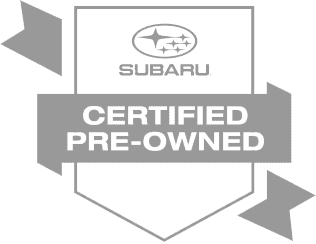

In order for your car to drive, power must get from the engine, through the transmission, to the wheels. While that is a simplified outlook of how our cars work, it is a good starting point when considering where there might be an issue when your vehicle is not working correctly. When your engine revs, but your vehicle won't move, there could be a few different factors causing the problem. We are going to explain 5 of the common reasons that could be causing this issue.

5. Worn Clutch Disc (Manual Transmission)
If you are experiencing this problem and drive a manual vehicle, you might need to replace the clutch disc. Eventually, after thousands of times of shifting between gears, the clutch disc becomes worn. If you feel as if your transmission is slipping or your vehicle is unresponsive, you may need to replace the clutch disc.
4. Worn Transmission Fluid (Automatic Transmission)
Clean transmission fluid is crucial for automatic transmissions to run smoothly. In an automatic transmission, the torque converter works with the transmission fluid to move engine power to the wheels, so your vehicle moves. Over time, the transmission fluid gathers dirt and grime. This can cause the engine to run roughly, stall or fail to accelerate when you press down on the gas pedal. You may need to have a transmission fluid change before more damage is done.

3. Incorrect Air/Fuel Ratio
If transmission problems have been eliminated from your checklist but your engine is still acting sluggish, the issue may be related to the intake or fuel injections systems. The right mixture of fuel and air need to be combined in the engine's cylinders to achieve proper combustion and if the sensors or air filter are working improperly, the engine won't get enough air to do its job correctly. When the fuel pump is not working correctly or the fuel injectors are clogged your engine will not get enough gas, which will cause the engine to be difficult to start.
2. Bad Throttle Body
In newer cars, the engine's computer controls the fuel being added to the engine according to how much air is being pumped into the cylinders. It may seem that when you press the gas pedal, it's adding more gas to the engine but in reality the gas pedal controls the throttle body. This determines the amount of air sent to the engine. The throttle body valve opens wider the more you press on the gas, delivering more air to the engine, which means more fuel is added accordingly. Over time the throttle body can become stuck from a buildup of carbon deposit. When this happens, you will not be able to get enough air into the engine, resulting in a shift in performance.

1. Malfunctioning Engine Control Model
If you have exhausted all other options, the next step is to have a technician check your vehicle's internal computer. Modern cars are controlled by a computer system called ECM (Engine Control Module) or ECU (Engine Control Unit). Like any piece of technology, they require updates and can malfunction. If you are not getting the performance you expect from your vehicle, reach out to your local technician to set up an appointment.
Capitol Subaru of Salem
920 Auto Group Ave NE
Salem, OR 97301
- Sales: 503-587-5500
- Service: 503-587-5500
- Parts: 503-587-5500







